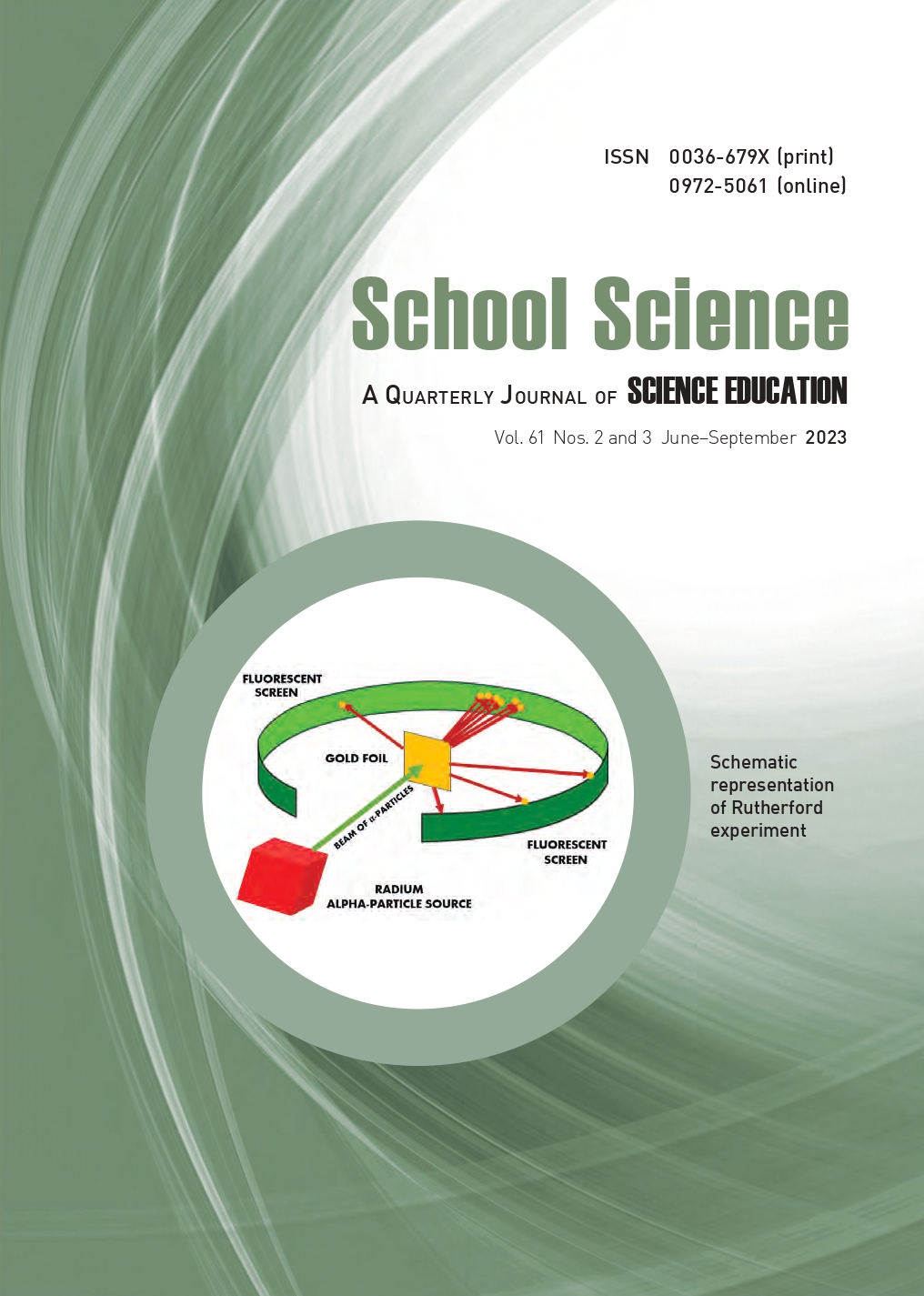Published 2023-09-30
Keywords
- chilli,
- eggplant
How to Cite
Abstract
In this article, the author shares his experience of learning about plants by looking around with childlike curiosity in the kitchen garden. Using the common garden variety of chilli, tomato, eggplant, etc., as examples, he illustrates how they are classified as belonging to the Solanaceae family, based on their floral structure. They share a lot at the genomic level and flowers with five-fold symmetry of some of the other members of the same family go back in time by several million years. Following the splitting of the Gondwana land nearly 200 million years ago, some of the flora must have survived the tectonic movement and evolved differently depending upon the geophysical conditions. It is not necessary that all flowers with five-fold symmetry belong to the Solanaceae family. Flowers of some of the other members of the plant kingdom exhibit four-fold and six-fold symmetry too. Practically all the flowers that we see around us have two-fold symmetry, perhaps because of the bilateral vision of the pollinators.

